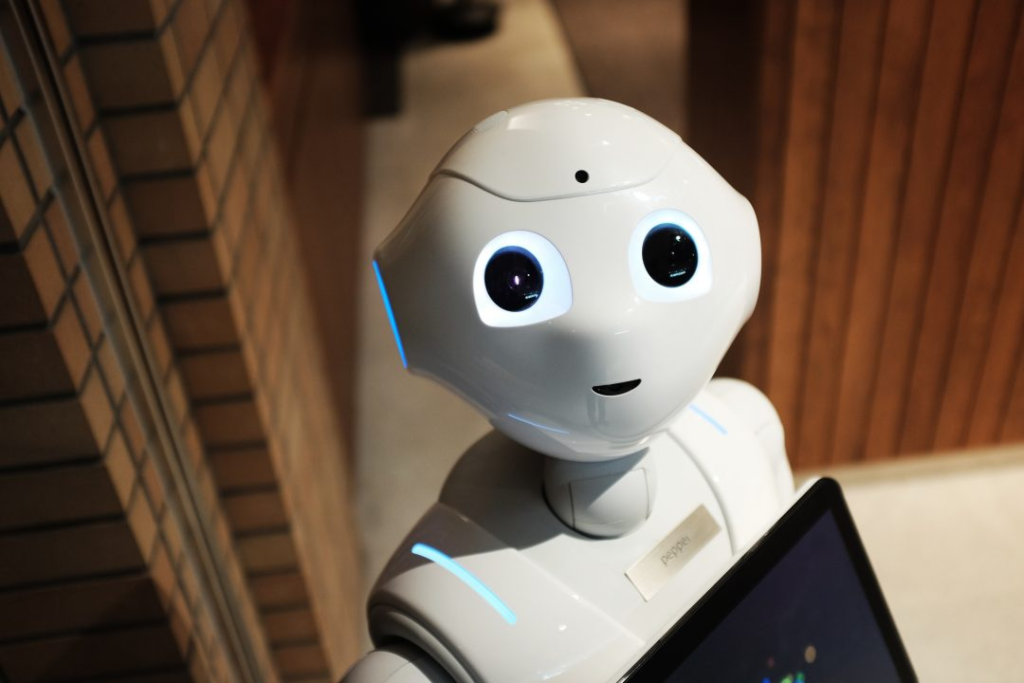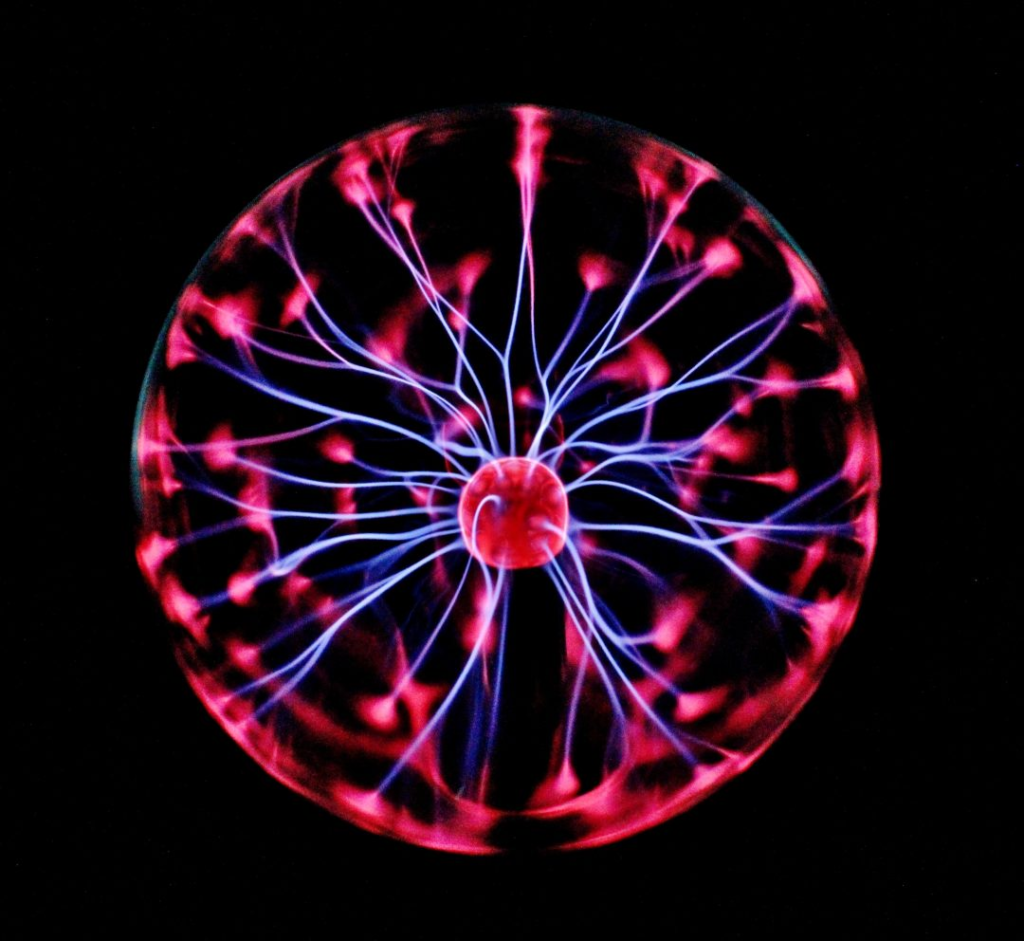People dictate value-based technology. Throughout generations, what we value as a community changes, and it is directly reflected in the tools and devices we create. In television and movies, we let our minds wonder and create new worlds or future scenarios. As time passes, reality brings to life some of the imaginative technologies of fiction. However, not all future devices shown are necessarily brought to life. Since the media naturally shows our wants or wishes, it is strange that our current and past technology imaginings are not one in the same. So, we naturally wonder why this is the case.
Value-based technology in “Back to the Future”

We take an acclaimed movie like “Back to the Future” as an example of fiction imagining what the advanced technology of the future will look like. Now, here we are in that “future” timeframe without most of the gadgets we’ve seen in the sci-fi film. Dehydrated food appears in the film, along with the infamous flying cars. Not to mention the main premise of the movie surrounding a time-traveling DeLorean.
We do have some of that technology – even better in some cases. How did this happen? It all comes down to consumer value. Once examined, some of the amazing inventions we see actually aren’t so amazing, and are not worth the work needed to accomplish them. This allows us to put even more effort into the innovative technology that actually is the future.
Our opinions shape the future with value-based technology
Opinions matter. In everyday conversations, in workplace meetings, and even in what types of technology are created. Positive opinions encourage ideas and further action, whereas negativity shuts projects down. Therefore, communication and our personal needs dictate what is created. For instance, think of the delicious looking dehydrated pizza Marty’s mom makes in only a few seconds in the future sequence. In reality, dehydrating and rehydrating food takes much longer and doesn’t really taste good. It would take a lot of time, energy and money to advance dehydration technology to this point.
The base model we would have to start with would not fulfill either of the great parts of this technology, speed or taste. Finally, there is no real problem with the frozen pizza we have today.ehydrated pizza is not value-based technology because it doesn’t solve an existing problem we have with frozen pizza – and may, in fact, create even more problems. When it comes to frozen pizza, we value efficiency; frozen pizzas are already efficient. The dehydrated version would not attract any customers to fund development, so the people value just isn’t there. In addition, the fast-food industry would suffer exponentially from the mass use of this technology. We, of course, value fast food seen by the large locational density of McDonald’s. Incorporating new technology that depletes other services poses a threat to some’s lifestyles.
Technology is based on what we value

Technology reflects our values. So, if our values do not align with those in the fictional universe of “Back to the Future”, that’s why we’ve ended up very different technology. Also, even if we do have the same values, there is a natural flow to consumerism, which moves more slowly than in TV or film. Hoverboards are widely produced worldwide while flying cars are still a bit of a stretch for decades to come.
On the other hand, flying cars have long been a dream for sci-fi fans. They are awesome, they convene with our values of timeliness and spectacle, and it seems like we have the technology to do it. So why aren’t we flying to the grocery store or work every morning? Inventions like these do get the positive responses they need to create consumer value. But, the technology today is unable to produce a safe enough flying car at the moment. Safety is yet another key consumer value. If something is not safe, consumers won’t approve of it, they won’t buy it, and it won’t be able to build traction.
Personal connection influences value-based technology

People develop Personal Connection® with others. Then, these relationships, conversations, and idea exchanges depict the course of actualizing technological-based values. How we approach situations and clearly communicate brings ideas to fruition. Good ideas fail when everyone is not invested in them.
Therefore, the presentation of ideas is very important to get everyone on the same page. Otherwise, ideas won’t make it even if the projected future of something like a hoverboard in “Back to the Future” seemed cool years ago. In summation, even if certain technology from “Back to the Future” was made, the stages of consumerism can completely prevent it from becoming mainstream. New technology is completely dependent on what consumers need and want. Ideas take time to form and must personally connect with an audience to be successful.
Related: How to Sell Upper Management on eLearning
What Your Business Can Learn from “Back to the Future”
To use an analogy, think of the set of futuristic technologies in “Back to the Future” as a set of proposals or product pitches. Innovators learned which products were useful by paying attention to how mass audiences talked about these technologies in the media to determine what might be a worthwhile business endeavor. You can do the same by tapping into the feedback that’s readily available to you – feedback from your employees. With our eLearning course, you can learn how to build meaningful relationships with your co-workers and employees and effectively gather their insight from both meetings and casual conversations. Before you know it, you’ll be ready to face the future with value-based technology.

